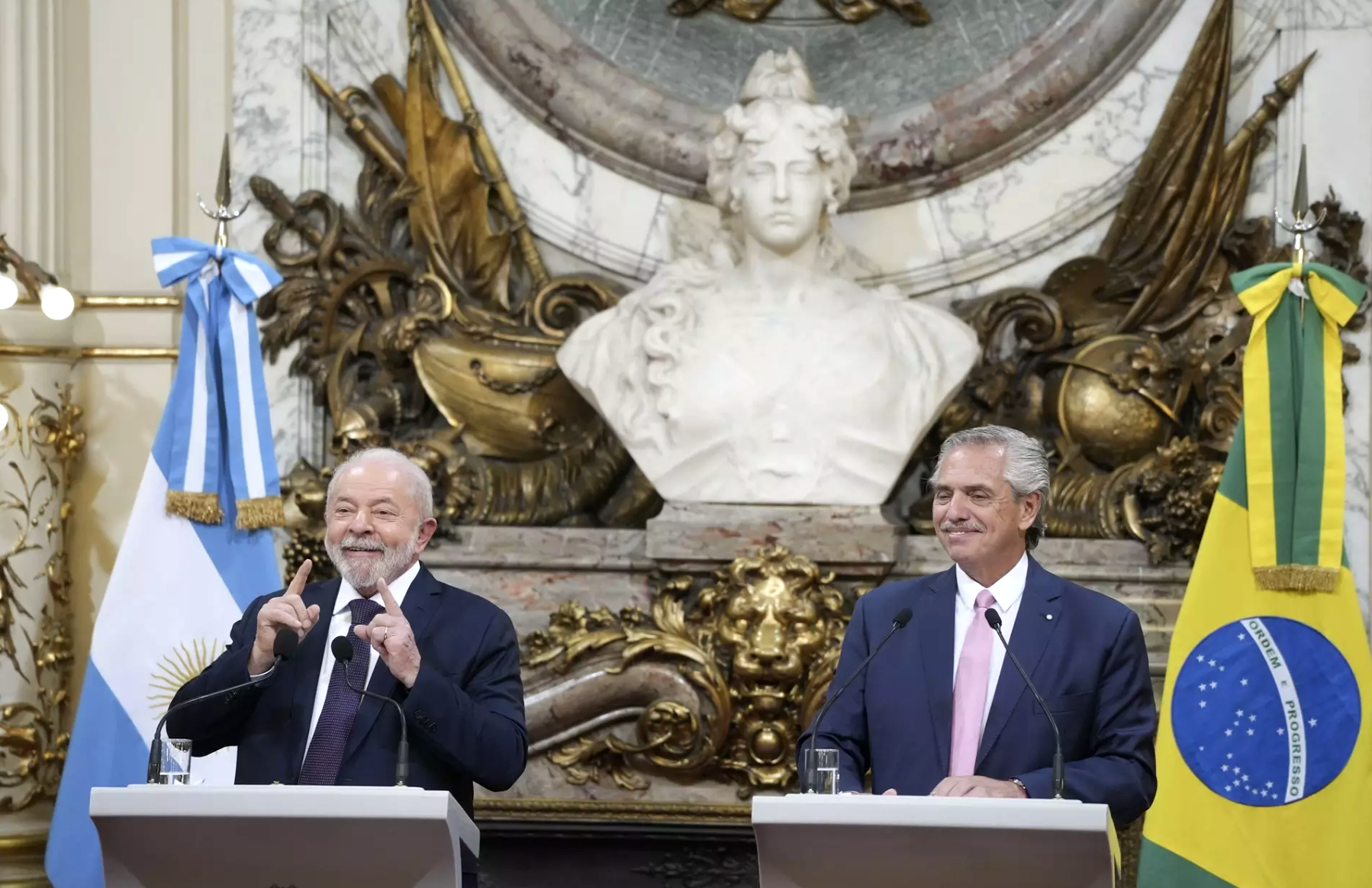President Luiz Inácio Lula da Silva’s victory in the October 2022 elections has improved Brazil’s image abroad. Since the confirmation of the election results, news media around the world headlined “Brazil is back”. The January 1st inauguration ceremony in Brasília was attended by hundreds of world leaders and Brazil has probably never hosted so many heads of state and government simultaneously in its recent history. None of this is coincidental: “Brazil is back.”
Weeks later, President Lula da Silva’s decision to go to the Yanomami’s rescue, instead of contemplating the Swiss landscapes of Davos was the best gesture he could have made. A gesture that made him omnipresent and omniscient, symbolically or physically, in multiple places.
With the world still focused on the consequences of Russia’s war in Ukraine, counting the economic dividends of the Covid-19 pandemic and contemplating the decline of democracies on a global scale, Lula preferred to physically prioritize Brazil. Meanwhile, the participation of his ministers and former presidential candidates Fernando Haddad and Marina Silva at the World Economic Forum in Davos constituted his eyes and ears at this meeting.
Fernando Haddad is the government’s strongman. Although discreet, he represents the shift from the economy to the political economy. In turn, Marina Silva has shown great political maturity in overcoming past grievances with Lula, and, essentially, in joining forces for the centrality of the climate emergency as a strategic action of the new government.
With his eyes and ears in Davos and his feet grounded in the Yanomami soil of northern Brazil, the Brazilian president began his international epopee with an emphasis on what beats most in Latin America and the South: the native peoples. From Roraima, he went to Argentina and then to Uruguay.
Reactivating the Brazil-Argentina and Brazil-Uruguay relationship was the central objective of the president’s travel. His main commitment was to revitalize Mercosur since it is an indispensable vitamin for the reactivation of other international institutions in the region. In particular, CELAC and Unasur.
At the Buenos Aires meeting, he stated that “Brazil returns to CELAC with the feeling of having found itself”. Looking closer, the Brazilian president chose Latin America and the South as a platform to reaffirm Brazil’s place in the world.
In the meeting with the President of Uruguay, he projected his idea of advancing discussions on the interaction between Mercosur, the European Union, and China. He acknowledged the relevance of Europe and China in the Latin American destiny and informed that Brazil will invest in climate transition.
During his visit, Lula stated that the objective is for the region to return to growth. He called attention to the need to urgently review multilateralism and condemned the composition of international institutions. In addition, in his speech he called for the modification of the UN Security Council, as the world today is “very different from the one that emerged from the ruins and terror of the battles of 1945”. And he stated that the dispute between Russia and Ukraine could have been avoided if new global governance had already been put in place.
From these statements, there is no doubt Lula wants Brazil to be an openly revisionist country of the status quo of international disorder. And, in this revisionism, he wants to position the country as an organizer of the South and of the South’s place in the world.
It is difficult to gauge what remains global in the South. China’s often predatory presence in Africa now inhibits any bold Brazilian advances in that continent. China’s no less aggressive insertion in Latin America again creates practical difficulties in the construction of concrete actions in the region. Latin American countries do not live by symbols, speeches, and signs alone.
The obsession of the United States to attack Russia and China through the Ukrainian dossier reinforces its Atlantic alliance with the Europeans. This situation may impose limitations on the possible materialization of the Mercosur-European Union agreement. And it could also hinder the intensification of relations between the European Union and Latin American countries. This same obsession has diverted the U.S. attention from Latin America and the South. However, this could favor Brazilian action in the region.
The current international environment is much more complex than in the past. Of all the strategic issues raised in Brasília, Davos, Roraima, Argentina, and Uruguay, nothing or almost nothing was mentioned about the 4.0 economy. The Covid-19 pandemic suppressed the debate on the acquisition of 5G technology in Brazil. Advances in the naturalization of the Internet of Things (IoT) came in third or fourth place in the country. The massification of the socio-environmental governance (ESG) narrative was important, but it is still far from reporting the concrete results to which it aspires.
All these issues were silenced in the first manifestations of the new Brazilian government. To ignore the relevance of these issues is to return to the last century and to underestimate the challenges facing Brazil and the world, both present and future. To underestimate these challenges is to flirt with irrelevance.
But this is possible, there are many governments that demand the return of Brazil’s leadership, especially in the South. Not for the Global South, but for the globality of the South, which is what has always mattered most.
There is a conviction that “Brazil is back”. It remains to be seen if the South is too.
*Translated from Spanish by Janaína Ruviaro da Silva













